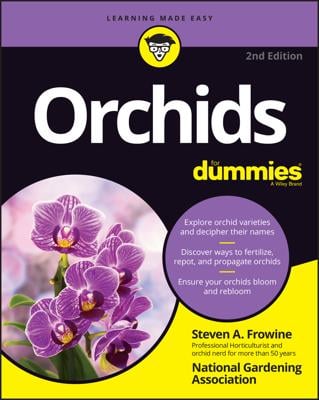Planning a garden that includes flower bulbs requires consideration. A large planting of bulbs such as tulips or daffodils is very effective in a garden, but a bulb-only flower bed has its problems. Bulbs grow, flower, and go dormant. You can't cut off the leaves until they turn yellow and floppy, which can take a few weeks. (The foliage provides food for the bulbs.)
Unless you plan to dig up all the bulbs and replace them with new plants (labor-intensive and expensive!), you're stuck with shabby and unsightly leaves.
Consider these points as you plan your bulb garden:
Think about what happens before and after the bulbs are in bloom, so you can team them up (called companion planting) with other kinds of plants to create the best effect.
Some bulbs increase and multiply over time. Expansion is fine if you have the space and want an informal, cottage garden, or naturalistic look. In limited space or in a precise, formal kind of garden, a problem results if the bulbs crowd their neighbors and blur your design.
You can use some bulbs on a “here and gone” basis. Treat them like annuals, enjoy them for one season’s display, and then discard them.
After you decide what effect you want, sketch out the area you plan to use for your garden, indicating which flowers go where.
In general, bulbs should occupy about 10 to 15 percent of the space in your flower beds and borders. That way, you won’t break the bank when you buy them or wear yourself out planting them. If the bulbs are intended for seasonal color, you won’t feel like a spendthrift when you discard them. And you can afford to replace them with annuals for another season’s interest.
Bulbs aren’t all the same in their likes and dislikes. Some like it sunny, others shady. Just because many prefer soil with good drainage doesn’t mean that they all do. Lots of bulbs actually prefer winter — or at least its edge — while others get frostbite if they freeze. Whatever your conditions, you can find bulbs that will work for you.
The bulbs you’re probably most familiar with — tulips, daffodils, crocuses, and so on — are winter-hardy plants that thrive in temperate regions of the world. They accept cold winter conditions and a milder growing season. Other bulbs come from places where winters stay on the mild side, and a regular extended dry period occurs. Knowing where various bulbs originate gives you a better idea about which ones will grow best for you. Or, if you really want to grow a certain bulb, you’ll know what you have to do to try to satisfy it.
If the bulbs are permanent inhabitants of their piece of ground, nearby you can plant perennials that have spreading leaves to easily disguise the bulbs’ aging foliage. Rather than the mainstay of the flower border, think of year-round bulbs as a permanent addition to the perennials you grow there, just as annuals and tender bulbs are temporary ones.

